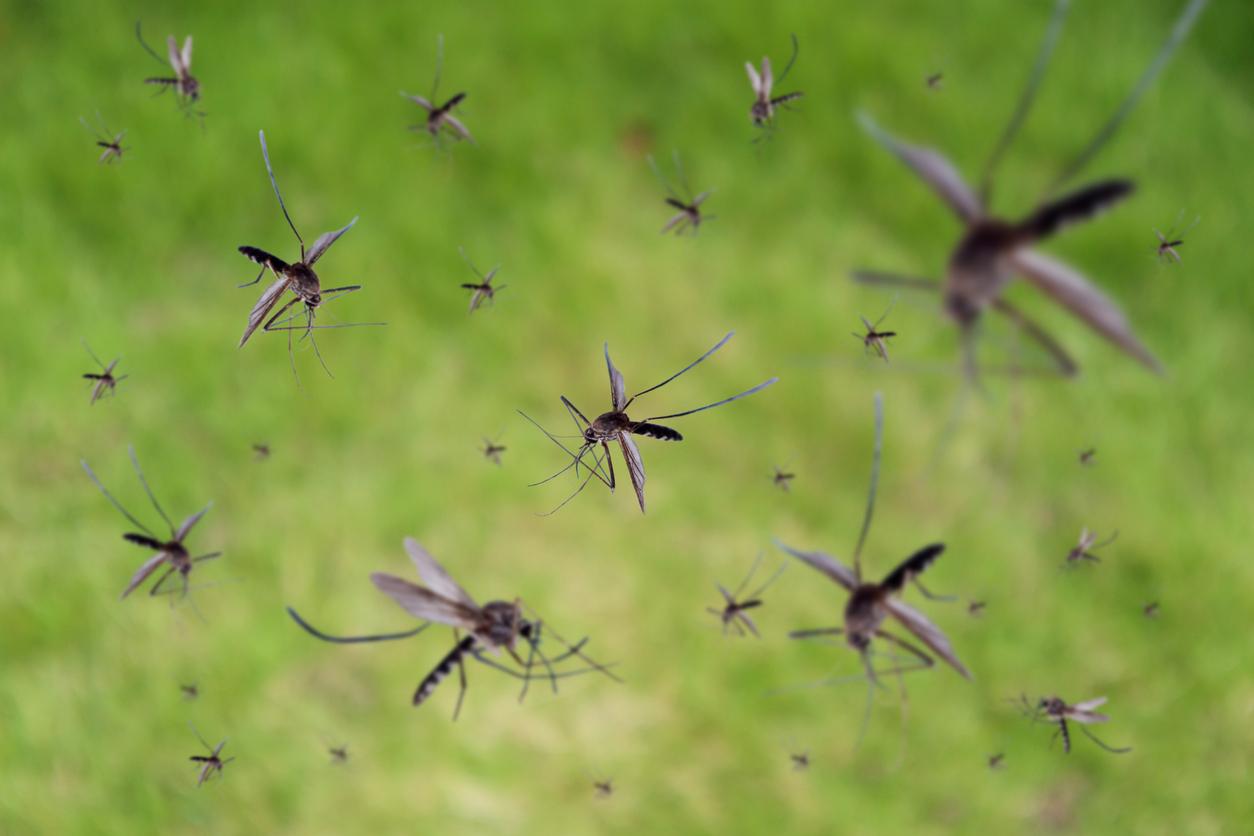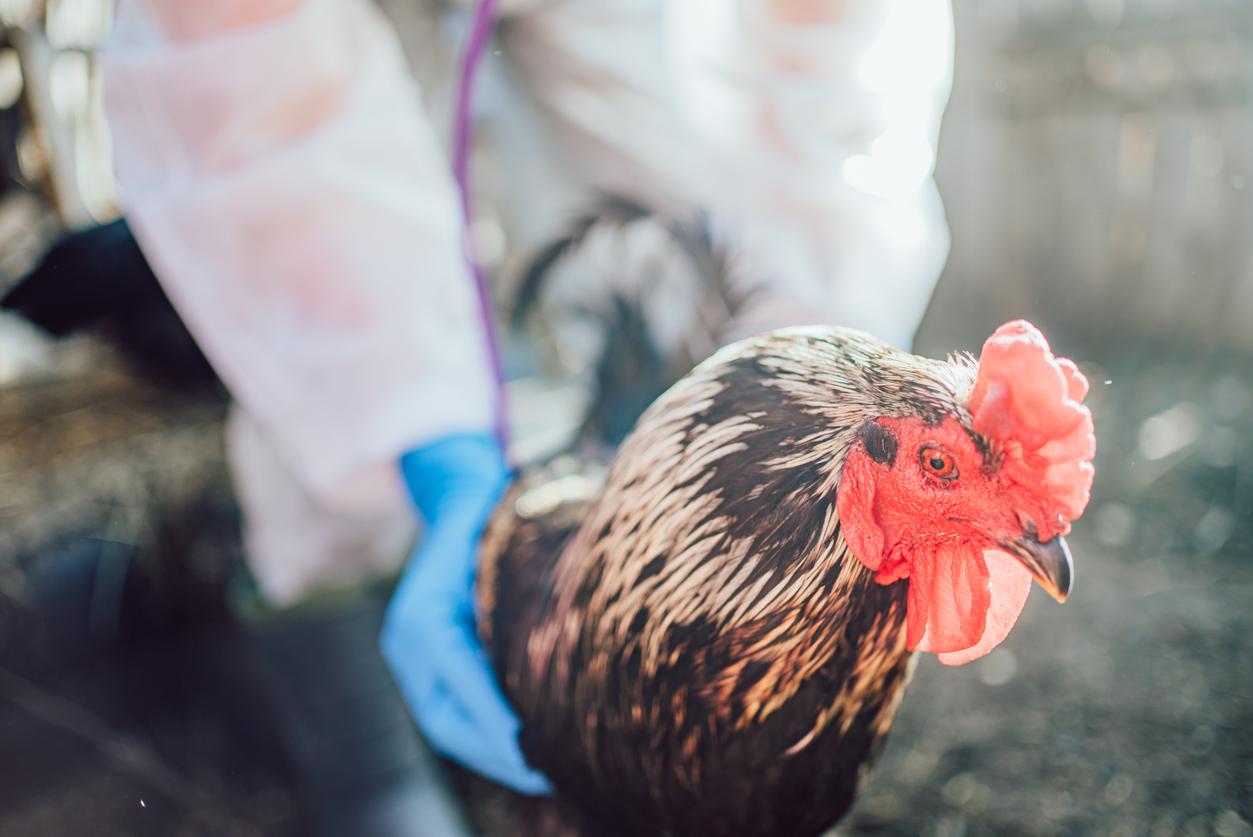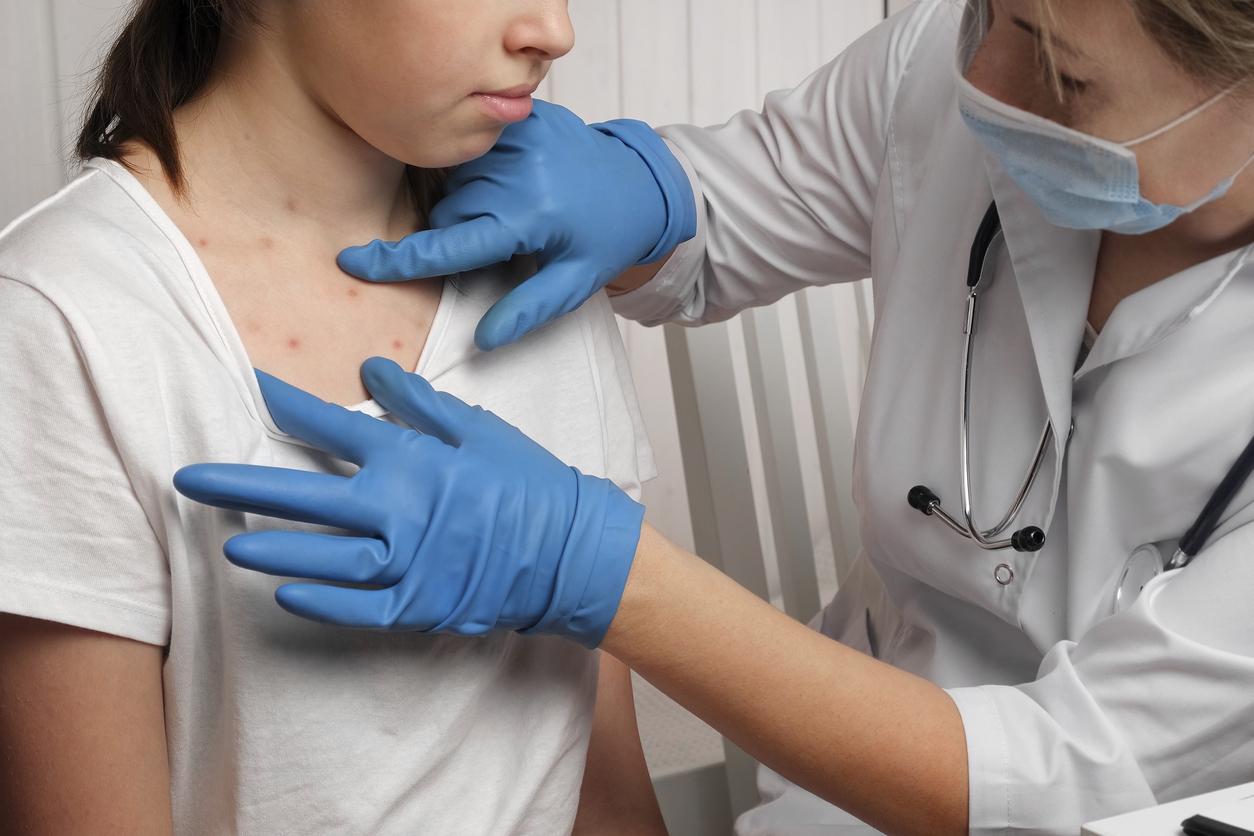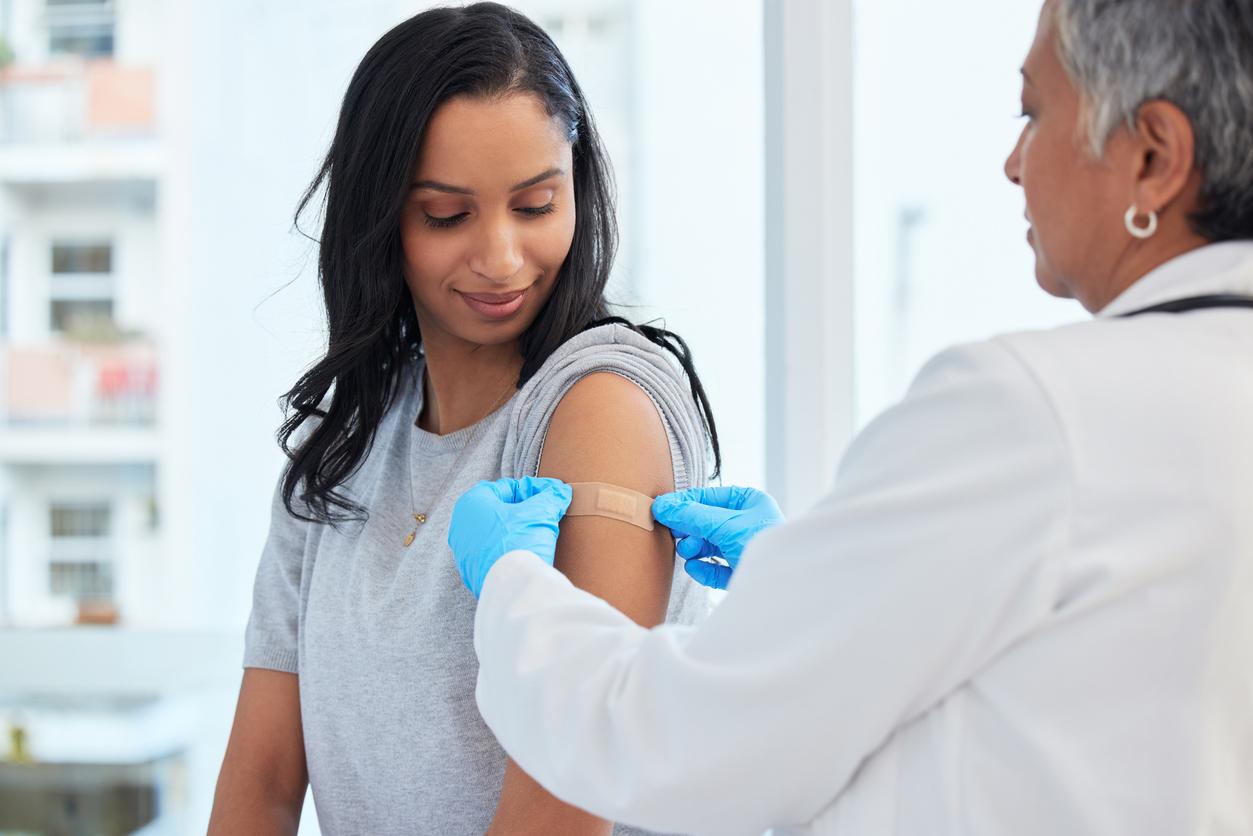Is the Mpox epidemic, the virus responsible for monkeypox that is developing in Africa, a public health threat in our country? What are the particularities of this virus, what risks of propagation does it present, which populations are at risk and what prevention should be implemented? What to remember from the answers of Professor of Infectious Disease Xavier Lescure interviewed in “La Santé en Questions” by Dr. Jean-François Lemoine and Professor Jean-François Bergmann.
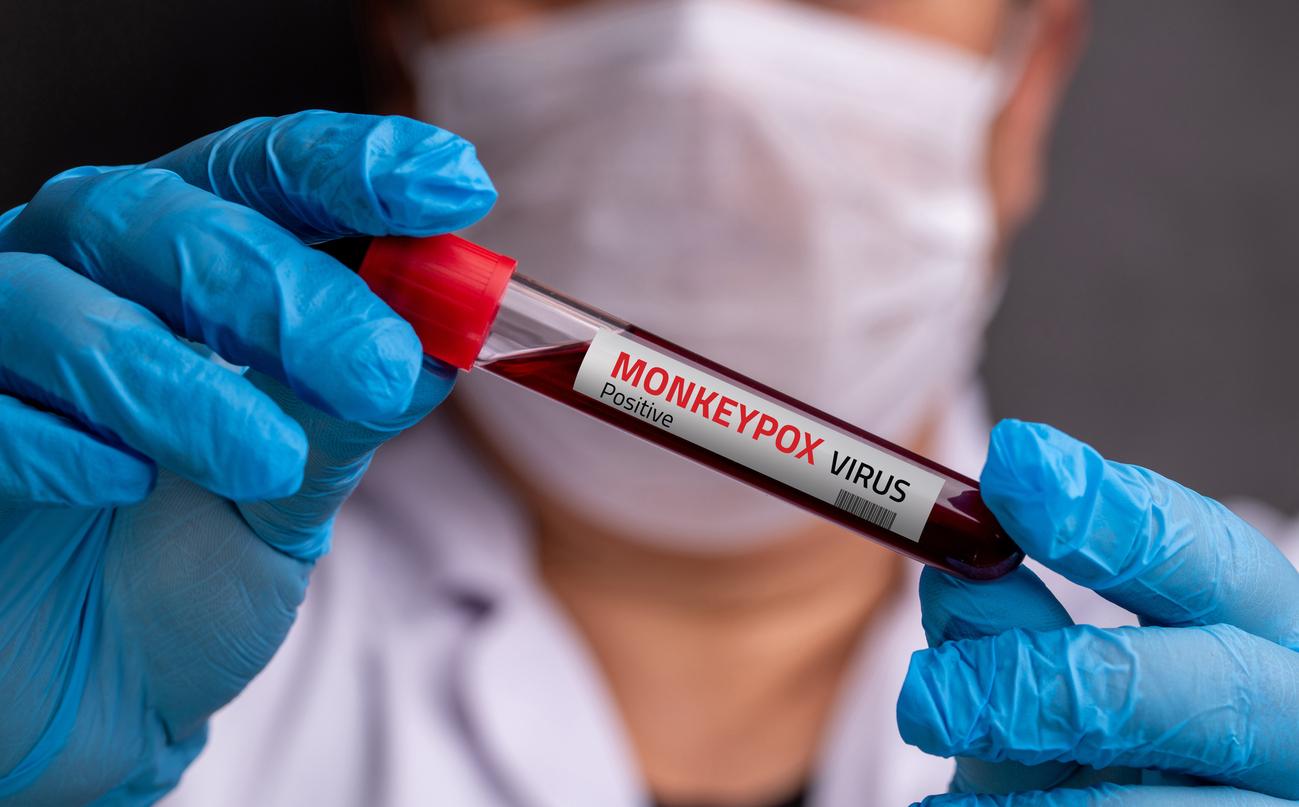
- Mpox is an epidemic that is developing in Africa from a virus belonging to a branch of the smallpox virus.
- WHO has declared a public health emergency of international concern.
- No cases of this new epidemic phase have been detected in France to date, but preventive measures have already been taken.
1- Should we be worried about the Mpox epidemic?
“I am not worried, but we must seize the opportunity to assess the extent of the problem from the first stages of the epidemic.”underlines Professor Xavier Lescure. According to him, we must salute the “warning shot” given very early by the WHO which illustrates solidarity with the affected African countries. But it is also, according to the infectiologist, “an alert to take into consideration to anticipate what could happen to us in the months or years to come”.
2 – Mpox, a virus from the smallpox family
“The symptoms are strangely similar to those of smallpox – a disease that was eradicated in 1980 – with fever, spots that develop into pustules first on the face before spreading to the whole body, very painful pustules that will ulcerate and are a source of superinfection”explains Xavier Lescure.
It is a viral disease, transmitted by skin-to-skin or skin-to-mucous membrane contact with a virus that persists for a long time on solid surfaces. However, in the event of lesions of the mucous membranes, the risk of transmission by droplets cannot be ruled out. On the other hand, unlike smallpox, contamination cannot occur through the air.
In countries with underdeveloped health care systems, it mainly affects children, whose dehydration due to nasopharyngeal damage is the leading cause of death.
3 – The origin of the epidemic
“The epicentre of this epidemic is in West and Central Africa. The first human cases were discovered in 1970 but the epidemic was limited to small clusters in these regions for a long time. It is due to the effects of globalisation, deforestation, the transport of exotic animals and the development of travel that the epidemic has spread,” recalls Professor Lescure.
4 – Populations at risk
A first wave of Mpox epidemic – clade 2B which continues to circulate – occurred in 2022 and 2023 from Nigeria. The patients affected by this wave were very active homosexuals or bisexuals often linked to the prostitution environment.
Regarding the new wave of the Mpox epidemic – clade 1b – only 2 cases are currently known outside Africa, one in Sweden and one in Thailand and they both concern people returning from Africa and having had multisexual relations. No cases have been identified in France to date.
5 – Preventive measures
The emotion that accompanies the development of this epidemic is linked to the “bad reputation” of the smallpox virus of which the virus responsible for Mpox is only a branch which is far from presenting the same danger. Smallpox which was eradicated in 1980 is a very serious disease with a lethality rate of between 30 and 50%. Furthermore, this virus is “believed to be kept by some countries for bioterrorist purposes”as Xavier Lescure points out, which explains the echo given to the current epidemic of “monkey pox”.
The prevention strategy was therefore reactivated in mid-August with targeted information on populations at risk which, according to Professor Lescure, “belong to networks that are easy to raise awareness of”.
Detection of infected people can be done with a “excellent reliability”according to the infectiologist, from PCR tests in hospital or city laboratories with samples taken from lesions, in the blood or in urine, the result being obtained in a few hours.
6 – Treatments and vaccines
The disease is treated with antivirals, including a specific drug for the treatment of Monkeypox virus infections – this product was granted exceptional European marketing authorization in January 2022 – or an anti-smallpox immunoglobulin.
Treatment of symptoms is also very important with analgesics to combat the very strong pain in this disease and drugs to prevent superinfections.
As for vaccination, all people born before 1980 have benefited from the smallpox vaccine, which remains effective for a long time, even if a booster from the age of 50 is desirable for the populations most at risk. But this vaccine is sometimes poorly tolerated.
On the other hand, a new generation of smallpox vaccine – they continue to be developed due to the existence of a potential bio-terrorist risk – used during the 2022-2023 epidemic is better tolerated but its coverage is much less durable.










